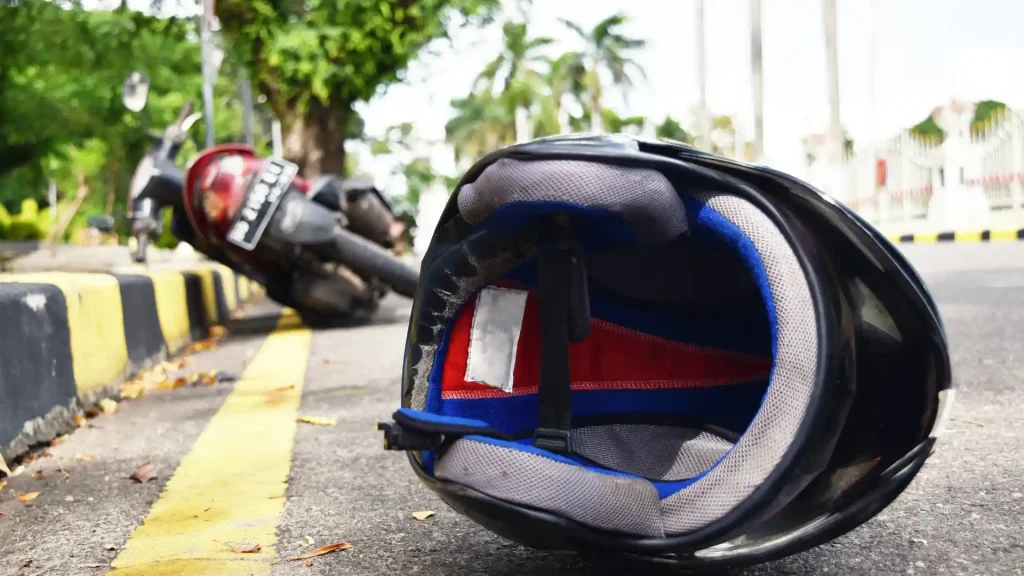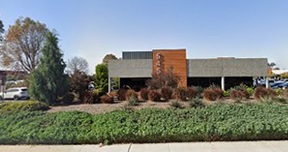 The thrill of riding a motorcycle comes with unique freedoms on the road as well as specific legal responsibilities. For many riders, lane splitting—the practice of riding between rows of stopped or slow-moving vehicles—seems like an efficient way to move through congested traffic. However, this practice carries significant legal and liability implications that every Florida motorcyclist should understand.
The thrill of riding a motorcycle comes with unique freedoms on the road as well as specific legal responsibilities. For many riders, lane splitting—the practice of riding between rows of stopped or slow-moving vehicles—seems like an efficient way to move through congested traffic. However, this practice carries significant legal and liability implications that every Florida motorcyclist should understand.
If you’ve been involved in a lane splitting motorcycle accident liability dispute, knowing how Florida law applies to your situation could significantly affect your case’s outcome. Let’s examine how these laws work and what they mean for accident liability determination.
State Laws on Lane Splitting & How They Affect Liability
Unlike California, which legalized lane splitting in 2016, Florida explicitly prohibits this practice. According to Florida Statute § 316.209, motorcyclists cannot overtake and pass another vehicle in the same lane occupied by that vehicle, nor can they operate a motorcycle between lanes of traffic or between adjacent lines or rows of vehicles.
This legal prohibition creates an important foundation for liability determination in accidents. When a motorcyclist engages in lane splitting and becomes involved in a crash, the illegal nature of the maneuver often creates a presumption of negligence. Insurance companies and courts frequently view the lane-splitting rider as having contributed significantly to causing the accident.
It’s worth noting the distinction between different lane-related practices:
- Moving between lanes of traffic that is either stopped or moving slowly: Lane splitting
- Weaving through stopped or slow-moving traffic (also illegal in Florida): Lane filtering
- Two motorcycles riding side by side in a single lane (legal in Florida): Lane sharing
- Understanding these distinctions matters because only lane sharing is permitted under Florida law. Both lane splitting and lane filtering can lead to traffic citations, fines up to $500, and increased liability exposure in the event of an accident.
Who Is Liable in a Lane Splitting Motorcycle Accident?
When a lane-splitting motorcycle crash occurs, determining fault is critical to recovering compensation. While the motorcyclist who splits lanes often bears substantial responsibility, liability isn’t automatically assigned 100 percent to the rider in every case.
Several factors affect liability determination in these accidents:
- Driver awareness – Even when a motorcyclist is lane splitting illegally, other drivers still have a duty to maintain awareness of their surroundings.
- Signaling – Whether either party properly signaled their intentions before changing positions on the road can also affect liability.
- Speed – Excessive speed by either the motorcyclist or other vehicles increases the likelihood of fault attribution.
- Road conditions – Poor weather, visibility issues, or road hazards may distribute fault differently.
- Evidence of other violations – Additional traffic infractions by either party can shift the liability equation.
In a car vs. motorcycle lane-splitting accident, the question of who is at fault usually centers on comparative negligence principles. This means both parties can share responsibility based on their respective contributions to causing the crash.
Comparative Negligence in Florida Lane Splitting Cases
Florida follows a “pure comparative negligence” system, which means you can recover compensation even if you’re partially at fault for an accident—but your compensation will be reduced by your percentage of fault. This principle creates nuanced liability scenarios in lane-splitting cases.
For example, if you were lane splitting and involved in an accident where another driver suddenly changed lanes without signaling, both parties may share fault. If a court determines you were 70 percent at fault for lane splitting and the other driver was 30 percent at fault for failing to signal, your potential compensation would be reduced by 70 percent.
This approach to motorcycle accident fault determination means that even when a motorcyclist was lane splitting:
- The rider may still recover some compensation if other factors contributed to the crash
- Other drivers aren’t automatically absolved of responsibility
- Each case requires an individual assessment based on specific circumstances
This reality underscores the importance of thorough investigation and legal representation following any motorcycle accident involving lane-splitting allegations.
Insurance Implications for Lane Splitting Accidents
 Lane splitting significantly complicates motorcycle accident insurance claims. When processing claims involving lane splitting, insurance companies typically:
Lane splitting significantly complicates motorcycle accident insurance claims. When processing claims involving lane splitting, insurance companies typically:
- Point to the illegal nature of lane splitting as evidence of negligence
- Apply higher percentages of fault to the motorcyclist
- May attempt to deny claims entirely based on policy exclusions for unlawful activities
- Require substantial evidence to consider shared fault by other drivers
Even your own insurance company may resist covering your losses if you were lane splitting at the time of the accident. Most insurance policies contain provisions that limit coverage for illegal acts, creating potential gaps in protection for riders who split lanes.
When filing auto insurance claims after lane-splitting accidents, documentation becomes crucial. Police reports, witness statements, traffic camera footage, and expert testimony can all help establish a more complete picture of the accident beyond the simple fact that lane splitting occurred.
Legal Options After a Lane Splitting Accident
Despite the challenges, motorcyclists involved in lane-splitting accidents do have legal options. A critical strategy involves demonstrating that while lane splitting occurred, other factors substantially contributed to causing the accident. This might include evidence that another driver:
- Made an abrupt lane change without signaling
- Was distracted by a mobile device
- Failed to check blind spots before moving
- Was driving under the influence
- Violated other traffic laws that directly contributed to the crash
Protecting Your Rights After a Motorcycle Accident
If you’ve been involved in an accident where lane splitting allegations might affect your motorcycle accident compensation, be sure to consult an experienced motorcycle accident attorney before speaking with insurance adjusters. At Jurewitz Law Group Injury & Accident Lawyers, we understand the challenges of motorcycle accident cases involving lane splitting allegations. Our attorneys will diligently examine all factors contributing to an accident, not just the lane splitting itself.
While lane splitting does create significant liability challenges, it doesn’t automatically eliminate your right to fair compensation when other parties share responsibility for causing an accident. Our experienced legal team can help you fight for the compensation you deserve. If you’ve been involved in a motorcycle accident involving lane splitting questions, contact Jurewitz Law Group Injury & Accident Lawyers today at (619) 233-5020 or reach out online for a free consultation with a Tampa motorcycle accident lawyer to discuss your specific situation and legal options.


